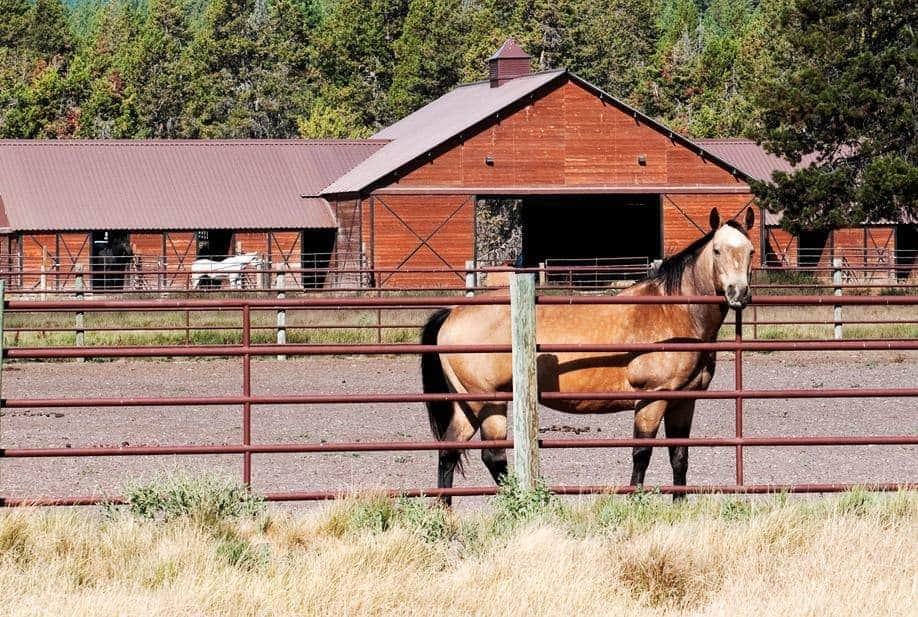
Preventing and Managing Equine Metabolic Syndrome in Horses
How to recognize at-risk horses and manage them appropriately to prevent severe disease.

How to recognize at-risk horses and manage them appropriately to prevent severe disease.

Researchers compared the test’s results to those of a commonly used laboratory method to determine their association.

Why do some horses wear muzzles, but others don’t? Does your horse need to wear a muzzle year-round? From proper fit to feeding, here’s what you need to know about these weight-loss contraptions.

Learn the differences between equine metabolic syndrome (EMS), pituitary pars intermedia dysfunction (PPID), and insulin dysregulation (ID).

Get to know the nuances of donkey care, from treating metabolic issues to drug dosing.

The key is adding weight carefully without triggering hyperinsulinemia and laminitis.

Abby Keegan, MS, PAS, an equine nutritionist for Cargill North America, will present considerations for designing appropriate diets for horses with equine metabolic syndrome (EMS) and how newly FDA-approved chromium might be beneficial. She’ll also share real-world example diets.

Metabolic profiling might hold the key to pinpointing which at-risk equids are most likely to develop the hoof disease laminitis.

Veterinarians have warned owners of PPID horses about the predisposition they carry for laminitis. However, recent research suggests it’s not that black and white.

It still isn’t clear how PPID leads to insulin issues and subsequent laminitis. But vets and researchers do know that, regardless of how PPID horses develop insulin dysregulation, having both conditions leads to a poorer prognosis than having either alone.

Aged horses require the same, if not higher, level of care as their younger counterparts. Learn about the unique needs of old horses, and meet five over-30 horses with age-related ailments.

Dr. Amanda Adams of the University of Kentucky, in Lexington, describes her senior horse research, which focuses on EMS, PPID, and immune system health.

British researchers reviewed more than 150 equine microbiome studies. From colic to laminitis to pregnancy, here’s what they found.

What’s the best way to soak horses’ hay to reduce dust and sugar content?

Is your horse approaching his retirement years? Learn how to keep your horse happy and healthy after his athletic career.

Recent research has given us more insight into how to manage horses affected by or vulnerable to laminitis. If your horse falls into the at-risk category, consider these diet changes.
Stay on top of the most recent Horse Health news with
"*" indicates required fields